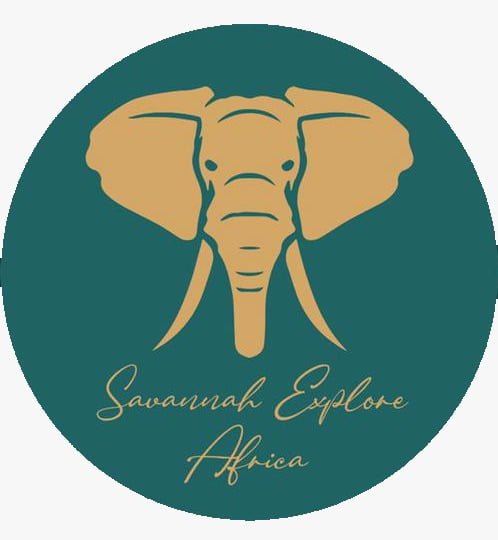Let Us Plan Your Dream African Trip


The word ‘safari’ means 'journey' in Swahili. There's no better word to describe a visit to Tanzania. The breadth of experience available here keeps us coming back, time and time again, each time discovering something brand new.

The tours below showcase just some of what is possible. Use these itineraries as starting points, or to draw inspiration. Then get in touch, and let our expert team help craft the perfect itinerary for you.
We had a great time with Benjamin, he is a great guide, a very good driver and good company as well. He also knows every corner of Uganda and all the animals. In addition to all of this he has a good tatse in music, which proved to be of importance during our hours in the car. Thank you Ben for making or trip unforgettable
Travelled more than once with our guide Benjamin and he made our wonderful trip to Uganda even better. He is a good guide, good company and really tries his best to give you the best time. Thanks for all the efforts!
Time of my Life! Excellent service, unforgettable memories
This was the BEST unique experience EVER!. Our tour guide (Ben) is the most kind, patient, helpful, supportive person i have ever met. He's my friend now. He always stood for us all the way, NEVER left us alone from airport to airport. Always sharing good attitude and the best advice all the way. All my experience in Africa with Savannah Explore Africa was worth every penny. Never Hesitate to contact Ben if you are planning to go to any African experience. 100% recommended! Follow my socials to look at all the great pictures.
We were guided by Ben during a two week in July 2023 in Uganda. We had a great time also due to the acknowledgeable and friendly guide Ben turned out to be. We have always felt comfortable and safe during the whole trip. We do look back to a wonderful experience.











Join Our Monthly Newsletter, stay in touch and travel when ready
WhatsApp us
